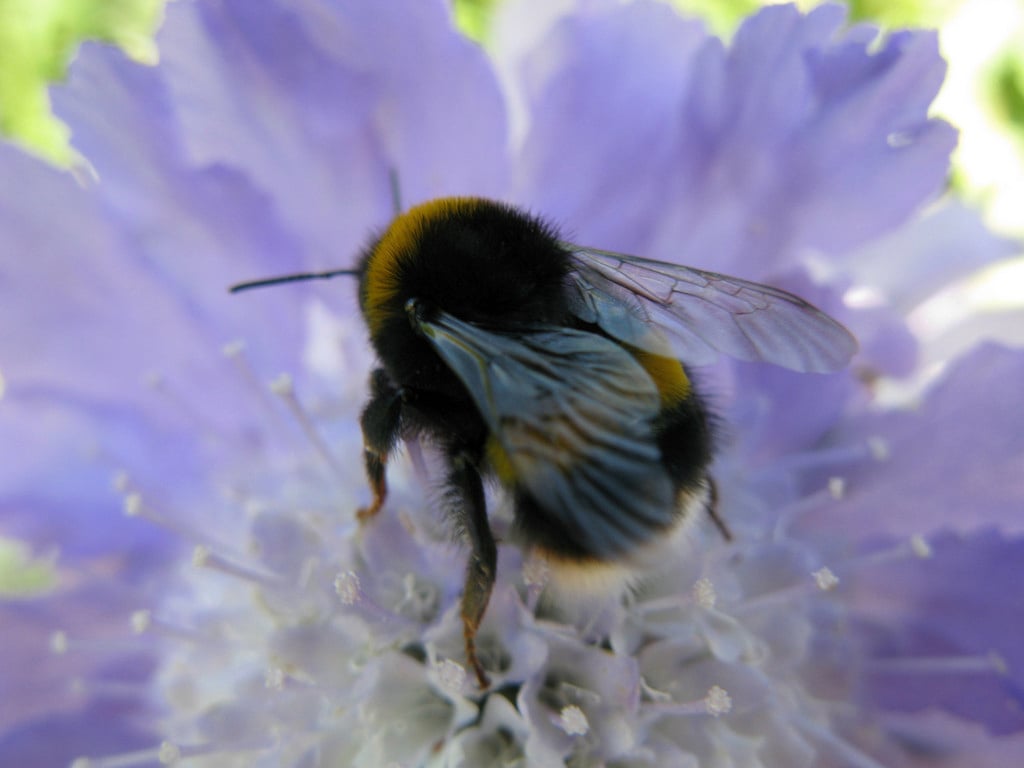Himalayan balsam
Himalayan balsam (Impatiens glandulifera) is a relative of the busy Lizzie, but reaches well over head height, and is a major weed problem, especially on riverbanks and waste land, but can also invade gardens. It grows rapidly and spreads quickly, smothering other vegetation as it goes.
Quick facts
Botanical name Impatiens glandulifera
Areas affected Gardens and allotments, often those adjacent to infested riverbanks and waste places
Main causes Fast-growing annual spreading by seed
Timing Seen spring to autumn; treat in early summer
What is Himalayan balsam?
Introduced to the UK in 1839, Himalayan balsam is now a naturalised plant, found especially on riverbanks and in waste places where it has become a problem weed.
Himalayan balsam tolerates low light levels and also shades out other vegetation, so gradually impoverishing habitats by killing off other plants. It is sometimes seen in gardens, either uninvited or grown deliberately, but care must be taken to ensure that it does not escape into the wild. Himalayan balsam is considered an invasive non-native plant and is listed on Schedule 9. Under the provisions made within Schedule 9 of the Wildlife and Countryside Act 1981, it is an offence to plant or cause Himalayan balsam (Impatiens glandulifera) to grow in the wild.
The flowers of Himalayan balsam produce large amounts of nectar and are therefore very attractive to numerous bee species.

Bees in your garden
This page looks at options for gardeners when Himalayan balsam is becoming a problem.
Appearance
Himalayan balsam is a tall growing annual, 2-3m (6-10ft) in height. Between June and October it produces clusters of purplish pink (or rarely white) helmet-shaped flowers.
The flowers are followed by seed pods that open explosively when ripe.
The problem
Each plant can produce up to 800 seeds. These are dispersed widely as the ripe seedpods shoot their seeds up to 7m (22ft) away.
The plant is spread by two principal means;
- The most widespread distribution tends to be by human means where individuals pass on seed to friends
- Once established in the catchment of a river the seeds, which can remain viable for two years, are transported further afield by water
Control
The RHS believes that avoiding pests, diseases and weeds by good practice in cultivation methods, cultivar selection, garden hygiene and encouraging or introducing natural enemies, should be the first line of control. If chemical controls are used, they should be used only in a minimal and highly targeted manner. For example, where pests, diseases or weeds pose a serious threat to the wider environment, to important heritage specimens, to habitat, or to native wildlife.
Plants that out-compete other more desirable plants or simply invade half the garden are classed as weeds and require control. First, consider whether this can be done using non-chemical means such as pulling or digging out, or suppressing with mulch.
Cultural control
The main method of non-chemical control, and usually the most appropriate, is pulling or cutting the plants before they flower and set seed. Conservation authorities regularly organise ‘balsam bashing’ work parties to clear the weed from marshland and riverbanks. Hoe off seedlings. Dig or fork out plants.
Weedkiller control
The RHS does not support the use of weedkillers and recommends that alternative control methods are used. However, when invasive plants are a threat to biodiversity and gardeners struggle to control them with cultural methods, targeted use of regulated weedkillers may be an option. Garden centres and large retailers selling weedkillers have trained staff who can advise on suitable products for your needs.
Before using weedkillers alongside waterways it is necessary to contact the Environment Agency (see telephone directory for your local office). It can advise on suitably qualified contractors, as can the National Association of Agricultural and Amenity Contractors.
See also...
Get involved
The Royal Horticultural Society is the UK’s leading gardening charity. We aim to enrich everyone’s life through plants, and make the UK a greener and more beautiful place.